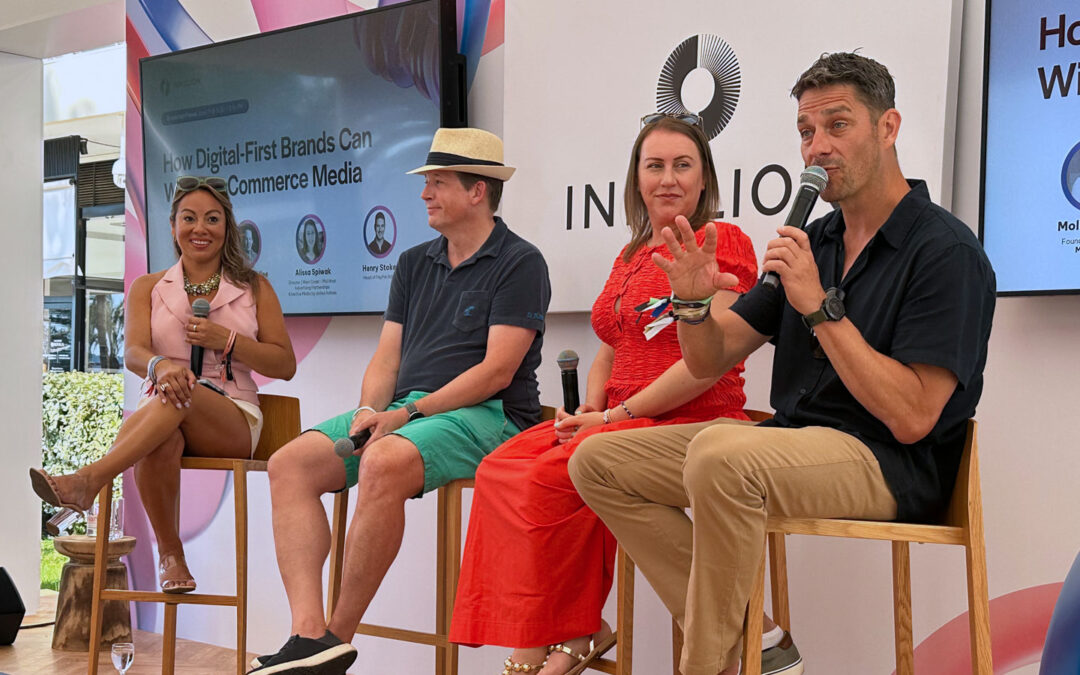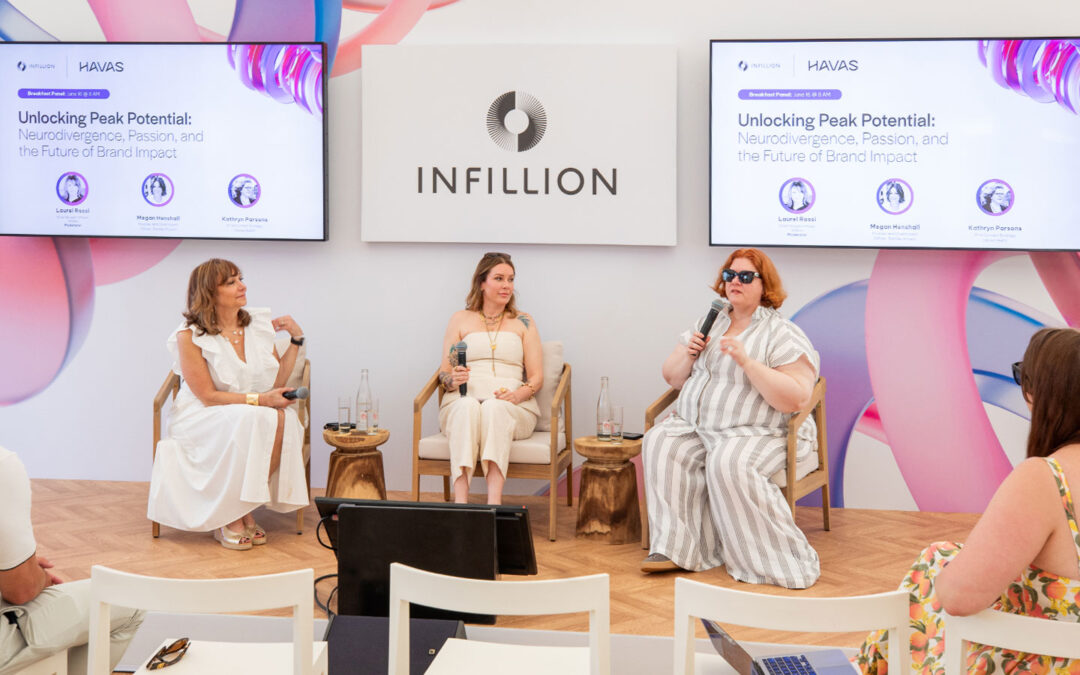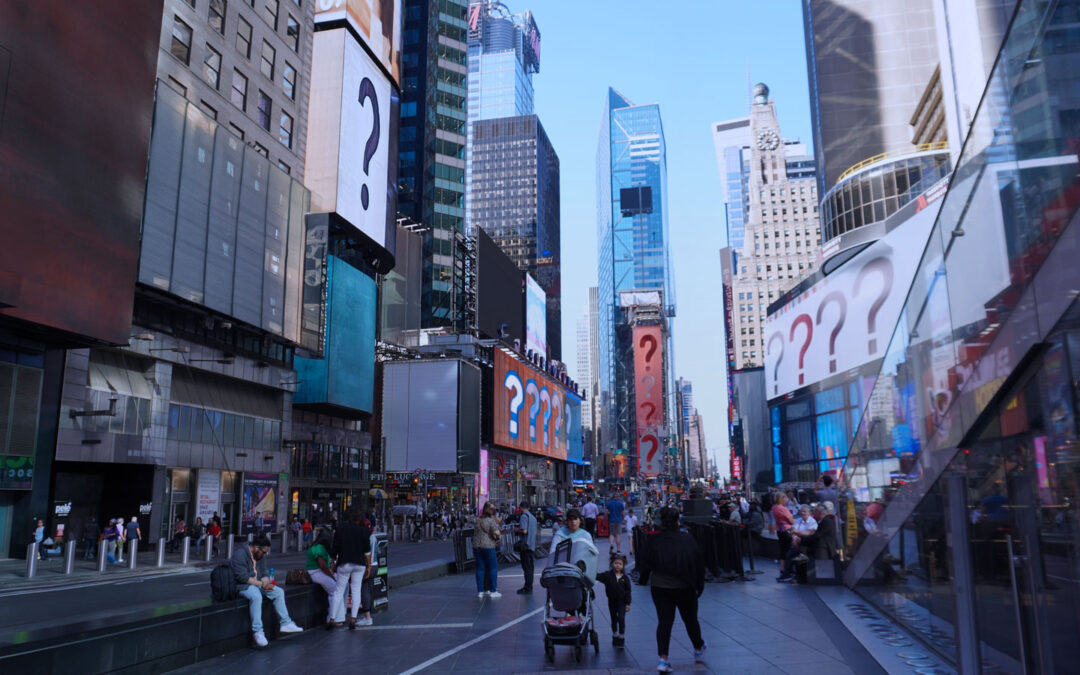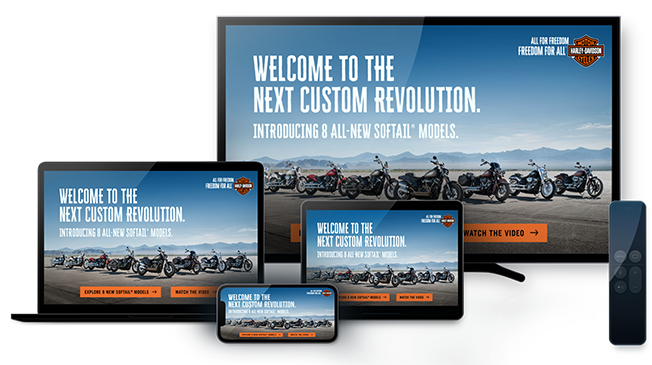Leading with Insights for LGBTQ+ Representation with GLAAD and Getty

As the LGBTQ+ community fights against the rollback of decades-long advancements in the U.S. and abroad, the advertising industry has an opportunity to show support by improving its own representation of this community. Although strides have been made, leaders nevertheless worry that the industry still relies on “tokenism” to check off the diversity, equity, and inclusion box. At Cannes Lions 2023, Infillion’s Inclusion Café hosted a conversation of global leaders to discuss how advertising and media can better advocate and represent the community through diverse and authentic storytelling and data-driven insights.
In partnership with GLAAD and Getty Images, this panel featured Adrienne Hayes, VP of Marketing & Global Executive Sponsor of Google’s LGBTQ+ Employee Resource Group (and a GLAAD Board Member), Rich Ferraro, Chief Communications Officer at GLAAD, and Tristen Norman, Head of Creative Insights at Getty Images to talks about the advancement of LGBTQ+ representation in media and advertising and how corporations are still falling short. The panel was moderated by Jane Ostler, EVP of Global Thought Leadership at Kantar, a leading data, insights, and consulting company.
Getting the Formula Right
For years, brands and marketers have talked about how storytelling needs to be inclusive and authentic across regions around the world, but media and advertising have not entirely gotten the formula right, says said Hayes, who was included in Out Magazine’s Out100 list of “LGBTQ+ Moguls of Fashion and Business” in 2022.
“There is a fear of tokenism from brands and marketers, and we need to find real authentic scenarios of people,” Hayes says. “There are a lot of ingredients as marketers we have to think about … and we are trying to get the formula right.”
Hayes has been proactive in shaping Google’s LGBTQ+ environment and culture to create a sense of belonging and inclusion. In its recently released Google Diversity Annual Report in 2022, Google expanded its LGBTQ+ community outreach with first-of-their-kind events across Europe, the Middle East, and Africa, and hosted its first-ever Trans Awareness Week. In addition, a majority of mentees in Google’s Pathways to Sponsorship programs for employees from underrepresented groups reported career growth including new opportunities and enhanced roles and promotions.
A 365-Day Effort
GLAAD’s Rich Ferraro, who has made it his mission to advocate for diversity in media and storytelling, helping to build authentic storytelling across all sectors in business, cultures, communities, says that how the LGBTQ+ community is depicted in the media and advertising, hasn’t found the right “authentic” formula yet. “They’re not showing the LGBTQ+ community authentically, as moms, as lawyers, and so on. Consumers are ready to see us, because in their real day-to-day lives, they see us!”
Ferraro added that advancing authentic storytelling would also foster and build a network of allies. Part of the dilemma, Ferraro explains, is the risk factor for brands. There have been some high-profile backlashes when brands such as Target and Anheuser-Busch, have come under attack for supporting the LGBTQ+ community, particularly during Pride Month in June. Brands lending their support have gotten caught in the political cross-wars and worried about the backlash, he says.
“There’s been an over-reliance on Pride symbolism to the exclusion of other types of storytelling,” Getty’s Norman says. “A lot of brands over- index or tokenize folks, which leads to a lack of depth in storytelling.”
Norman, as Head of Creative Insights at Getty Images, knows the power of visual storytelling. She works across disciplines to understand what motivates visual selection, identifies trends within visual language, while using data to inform how Getty develops creative content globally. Consumer research, social and cultural listening, and Getty’s proprietary data helps Norman develop insights to create Getty’s image collections.
Intersectionality and Storytelling
“When we talk about authenticity, and storytelling, we need to make sure we stay intersectional,” Norman says. “When brands approach this work, they need to think about: What stories do we tell? How can we center different types of stories on togetherness?”
“It’s about incremental changes; it’s really that simple,” she adds. “Celebratory inclusion is the least effective driver in LGBTQ+ advertising.”
Marketers and brands must realize that it’s then storytelling around “celebratory inclusion,” as Norman mentioned or checking off the DEI box. It’s about building a new and creative storytelling model that can’t be built overnight, GlAAD’s Ferraro explains.
With about one-fifth of Gen Z (born in 1997 and onwards, Pew Research) identifying as LGBTQ+, this generation are future consumers who are watching. “They will remember the brands that do this right.”
For emerging brands, they have the benefit of leveraging and learning from brands that are in the trenches and working to find the “right formula.”
Key Takeways
Asked what advice they would give to brands just getting started, here are some of their replies:
- Google’s Hayes: One of greatest resources is our employees. Talk to your employees to learn about their authentic experiences. Don’t just look at what other brands are doing. Our employees are our loudest advocates and loudest critics! Ask them what they’d expect to see for an authentic use case.
- Getty’s Norman: Name your monsters. Brands need to take a good long look in the mirror and examine their use of either tokenism or stereotypes. Every product and service are different.
- GLADD’s Ferraro: Think about what you’re doing year-round. We’re LGBTQ+ 365 days a year. Think about it holistically and in an ever-green way. Think about it during Black History Month, every day!
Subscribe to our blog:
Related Posts:

The Consumer-First Approach To Commerce Media Network Success
Your airline is an ad platform now – and so is your bank. Commerce media networks are one of the most interesting areas of growth in advertising, and at Cannes Lions, plenty of them were onsite to talk about it. That’s a conversation that we explored at the Infillion...

Why Neurodiversity Will Lead The Way In The AI Era
One in five employees today identifies as neurodivergent – as having autism, ADHD, dyslexia, or other cognitive variations – and that’s only going to grow. According to research from ZenBusiness, fully half of Gen-Z identifies with neurodivergence on some level....

How Brands Can Win In Times Of Uncertainty
The 2020s have been defined by relentless uncertainty across every industry. For brands and advertisers, it’s been one curveball after another - with the pandemic, AI, and inflation rapidly altering consumer behavior and shifting goal posts. As 2025 reaches its...
Let's Connect
We can help you create the personalized ad experiences viewers expect.

